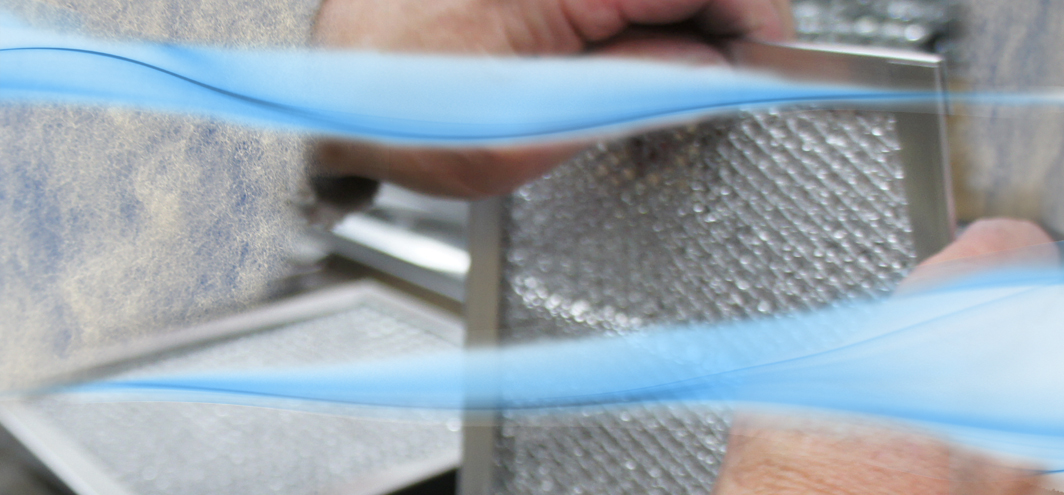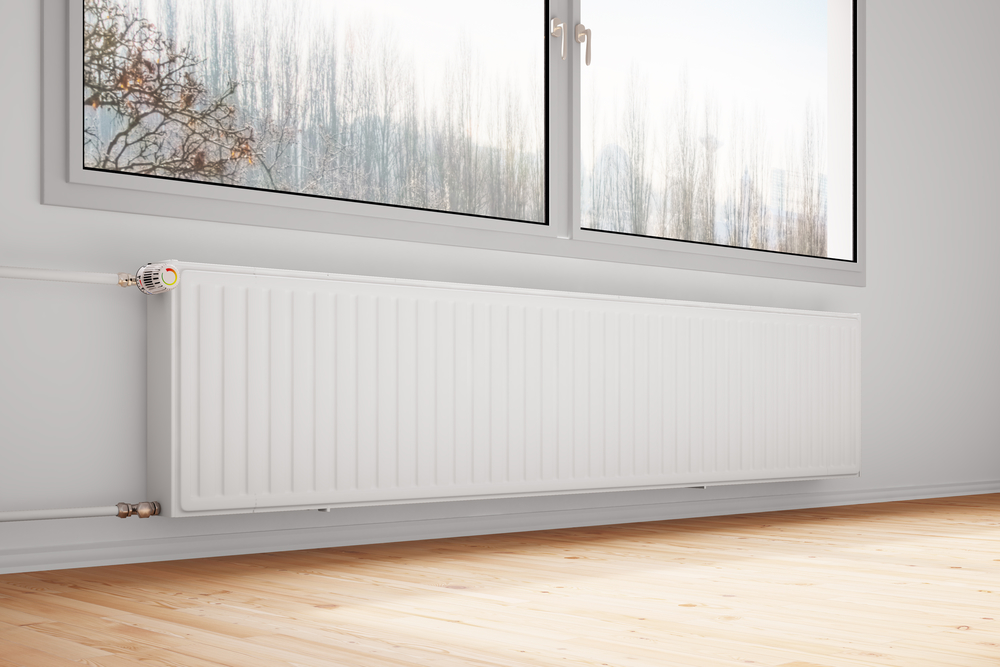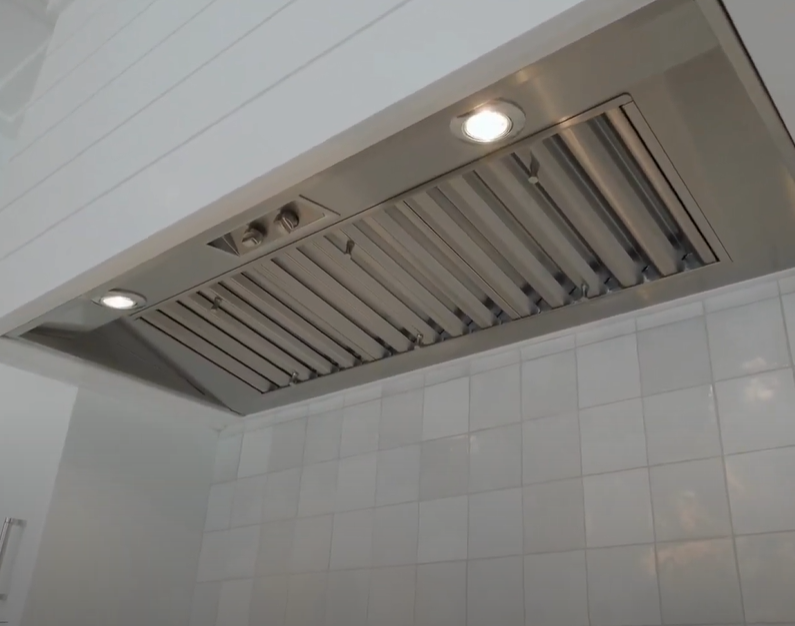
How is Dry Indoor Air Hurting You This Winter?
 As November progresses, fall is rapidly transitioning into winter, which means different things for different people - from having to shovel snow out of the driveway to celebrating the holidays with family and friends, everyone experiences the season differently. However, everyone has one thing in common during winter: dry air in their homes. Dry air results from the lower temperatures, which freeze the moisture in the air (precipitating it out as snow, for example) and therefore lead to drier conditions inside. These conditions are known as “winter drought” because of the combination of cold weather and low humidity, which is exacerbated indoors when you crank up the heat (which raises the temperature but not the humidity of your home).
As November progresses, fall is rapidly transitioning into winter, which means different things for different people - from having to shovel snow out of the driveway to celebrating the holidays with family and friends, everyone experiences the season differently. However, everyone has one thing in common during winter: dry air in their homes. Dry air results from the lower temperatures, which freeze the moisture in the air (precipitating it out as snow, for example) and therefore lead to drier conditions inside. These conditions are known as “winter drought” because of the combination of cold weather and low humidity, which is exacerbated indoors when you crank up the heat (which raises the temperature but not the humidity of your home).
What many people are unaware of is that dry indoor air can actually be problematic for a number of reasons. To start, dry conditions mean that moisture evaporates from your body more quickly, as the moisture is absorbed into the air to make up for the deficit in humidity. This leads to noticeable effects, including dryer skin overall as well as a dry mouth and nose. Issues with your throat and nasal cavity can arise when cold, dry air is pulled in and out through breathing, which can lead to drying out and cracking of your mucous membranes and leave you more vulnerable to sinus infections and other illnesses. Furthermore, dry nostrils can crack and lead to nosebleeds and can cause allergic reactions to kick in when combined with the spike in dust and pollen that is kicked up by a heating system working overdrive to make up for the cold weather.
If this is causing problems for you, what steps can you take to remedy the issue? To start, take care of your skin - make sure you are using moisturizing lotion and drinking plenty of water, even if you don’t notice yourself becoming dehydrated. Make sure that you are washing your hands at all times to prevent the spread of illnesses like the common cold and the flu, You can also try shortening your showers, as taking long showers strips away layers of skin that can help protect you from the effects of low humidity.
More structural changes include using an indoor humidifier, which can restore your home’s balance of moisture to more normal levels and lead to healthier skin. A humidity level between 30 and 45 percent is comfortable for most people. Keep your humidifier in the recommended range to avoid major health issues like mold and fungi. Mold growth is drastically inhibited at 45% and below. Other solutions include sealing your doorways and windows with caulk or weather stripping in order to prevent cold, dry air from outside from entering your home.




